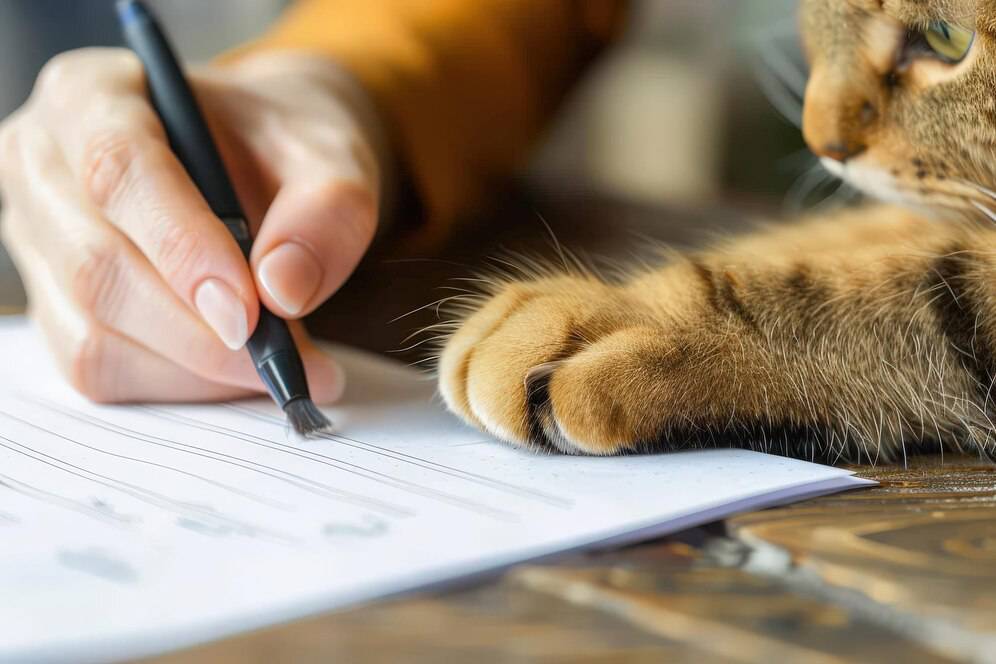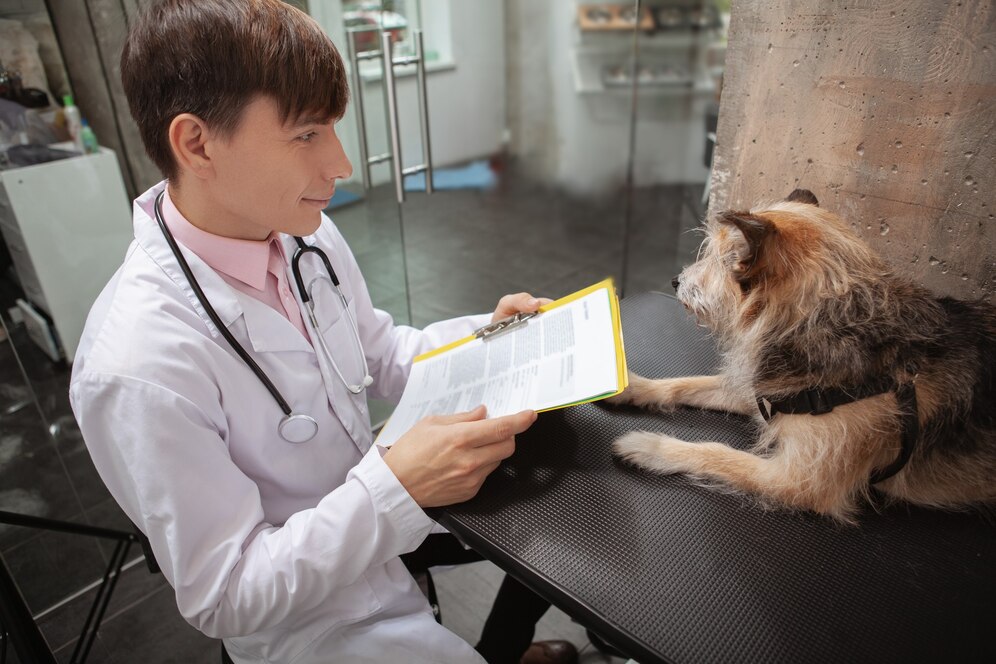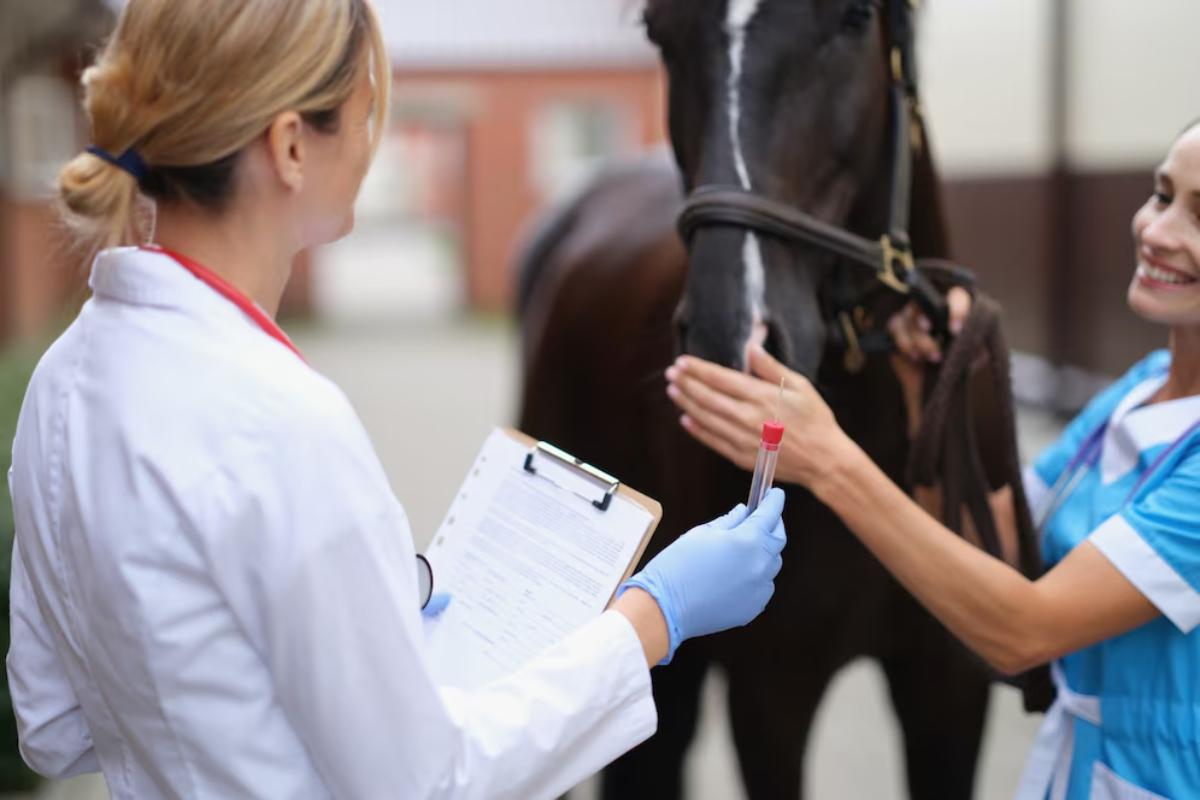
How to File a Successful Pet Insurance Claim: A Complete Reimbursement Guide for UK Pet Owners
You’ve taken the responsible step of purchasing pet insurance. But when your pet faces an unexpected illness or injury, the process of filing a claim can feel daunting. Forms, paperwork, and insurance terms can feel overwhelming. This is especially true when emotions are high.
The good news? With a little preparation and understanding, you can navigate your claim with confidence. This guide covers everything. It starts with understanding your policy. Then, it walks you through submitting documents and getting your reimbursement. The goal? A smooth, successful claim so you can get back to what matters most—helping your pet recover.
Understanding the Core: What Makes a Pet Insurance Claim Successful?
A pet insurance claim is a request to your insurer. You ask them to pay for eligible vet costs according to your policy. Most valid claims get paid, but errors or missing documents often cause delays or denials.
A successful claim depends on:
- Providing all necessary documents
- Meeting your policy terms (including waiting periods and excess)
- Submitting through the correct channel within the allowed time frame
- Ensuring accurate, complete claim forms
The Financial Conduct Authority says over 96% of valid pet insurance claims in the UK get paid. That statistic proves the process works—if you follow the rules.
Quick-Reference Summary: Pet Insurance Claim Success Checklist

- Understand your policy’s inclusions and exclusions
- Collect all itemised invoices, treatment notes, and receipts
- Submit your claim within the provider’s allowed timeframe (usually 30–90 days)
- Use the correct submission method—online portals are now standard
- Ensure your vet fills out their section clearly and completely
- Follow up for updates and keep records of all communication
Step-by-Step Guide: How to File a Pet Insurance Claim That Gets Paid
1. Understand Your Policy Before You Claim
Every insurer’s policy differs slightly. Before you submit a claim, review your documentation and look out for:
- Covered treatments (accidents, illnesses, dental work, therapies)
- Exclusions (pre-existing conditions, grooming, routine check-ups)
- Your excess amount (a fixed fee or percentage-based cost you pay)
- Any co-payment obligations for senior pets
- Deadlines for submitting claims—some require it within 30, 60, or 90 days
Insurers commonly apply a waiting period of 14 days after the policy starts. If treatment occurs during this time, the claim may be rejected.
2. Collect Your Documentation
Having the right paperwork is crucial. Gather the following:
- Itemised invoice from the vet
- Detailed treatment notes or consultation summary
- Your pet’s clinical history (required by many providers for the first claim)
- Completed claim form (digital or printed), with the vet’s section filled in if applicable
Please provide a detailed list of any medications, scans, or lab tests that were part of the treatment. This ensures clarity and prevents delays.
3. Complete the Claim Form Accurately

Accuracy is essential. Insurers often return incomplete or unclear forms.
To ensure smooth processing:
- Use the correct claim form version (most insurers provide digital options)
- Fill in all fields—avoid leaving any blanks
- Include your pet’s policy number, contact details, and treatment dates
- Clearly state your preferred reimbursement method (bank transfer, cheque, etc.)
- If required, attach the vet-completed section
Check spelling and numbers before you submit. This helps avoid mismatches that might delay the process.
4. Submit the Claim Promptly
Use the most efficient method offered by your insurer. In 2025, most UK pet insurance companies prefer digital submission.
Submission options typically include:
- Online portal (most popular)
- Email (with scans of the documents)
- Postal mail (still accepted by some, but slower)
Always save a record of your submission. A confirmation email or reference number works best. Also, save digital or paper copies for your personal records.
Some policies let insurers pay the vet directly, saving you from having to pay the bill upfront. Ask your vet if this is an option.
5. Track and Follow Up
Insurers usually process digital claims in:
- 7–14 working days for online submissions
- Up to 28 days for postal claims
If you haven’t heard back within the expected timeframe, follow up through:
- The insurer’s online portal or app
- Customer service helplines
- Email confirmations or reminders
Act fast if a document is missing. Resubmitting quickly helps avoid claim expiry or rejection.
Pro Tips and Important Notes
Best Practices to Follow
- Use vets recognised or recommended by your insurer, if required
- Keep original receipts, even if you’re unsure the treatment will be reimbursed
- Check with your vet to see if they can help with the claim. Many vets know what insurers need.
What to Avoid
- Leaving sections of the form blank or guessing information
- Submitting late claims sent after the deadline are usually rejected
- Filing claims for non-covered treatments like elective surgery, food, or grooming
A common mistake: “I missed my dog’s dental claim window by just one week and lost out on £275 in reimbursement. Now I submit within 24 hours of every vet visit.”
Best Practices & Additional Insights
Organise Your Pet’s Medical Records

Create a digital folder on your device or cloud drive for:
- Policy documents
- Past vet visit notes
- Vaccination history
- Prescription receipts
Staying organised not only speeds up claims but also helps in disputes or renewals too.
Use Vet-Initiated Claims if Possible
Some UK insurers, like Petplan and ManyPets, partner with veterinary clinics. This lets vets start claims directly. This means:
- You don’t have to pay up front
- The vet sends the claim to the insurer directly
- Processing is faster and smoother
Ask your local clinic: “Do you process direct pet insurance claims?”
FAQs: Pet Insurance Claims in the UK
How long do claims usually take?
Online submissions are typically paid within 7–14 working days. Postal submissions may take longer—up to 28 days.
Can I claim for pre-existing conditions?
Only if your policy explicitly covers them. Most insurers do not cover conditions that began before the policy start date. This is true unless you have been symptom-free for a certain time.
What if I lose a vet receipt?
Call the vet for a duplicate or itemised invoice. They usually give this for insurance needs.
Can I submit multiple claims together?
Yes, just ensure each visit or condition has separate documentation for clarity.
Conclusion: Filing Pet Claims Doesn’t Need to Be Painful
Filing a pet insurance claim can feel like a hassle. Good documentation, understanding your policy, and submitting on time can greatly improve your chances of getting reimbursed .
Staying organised and acting fast can cut stress. Follow your insurer’s process to focus on your pet, knowing the finances are taken care of.


